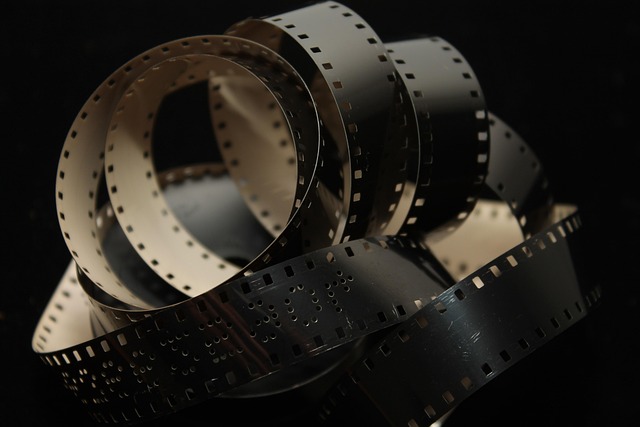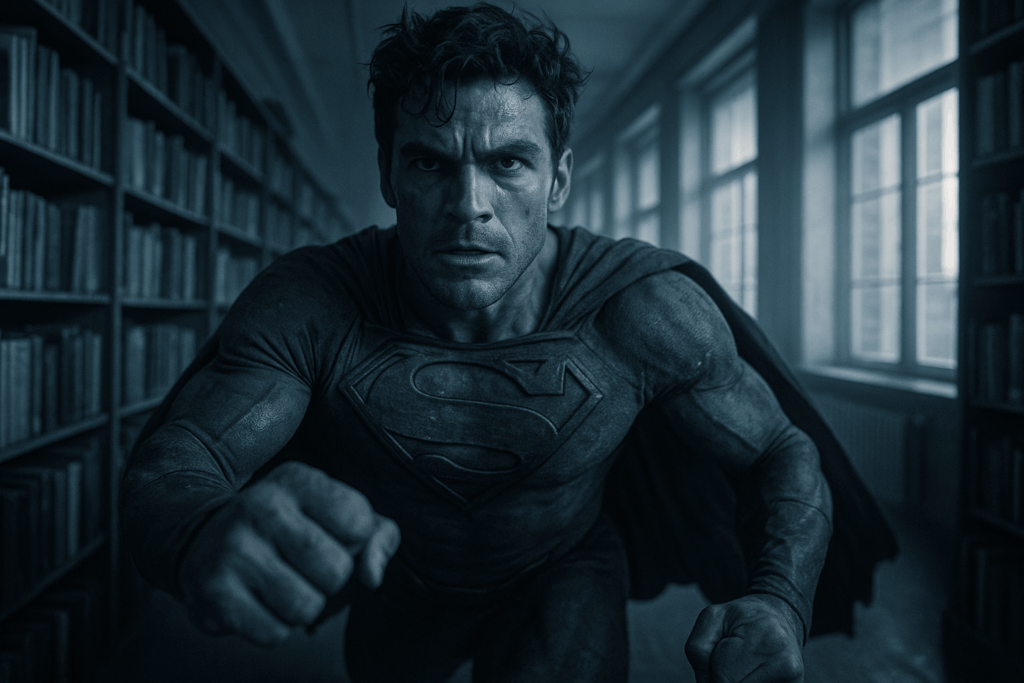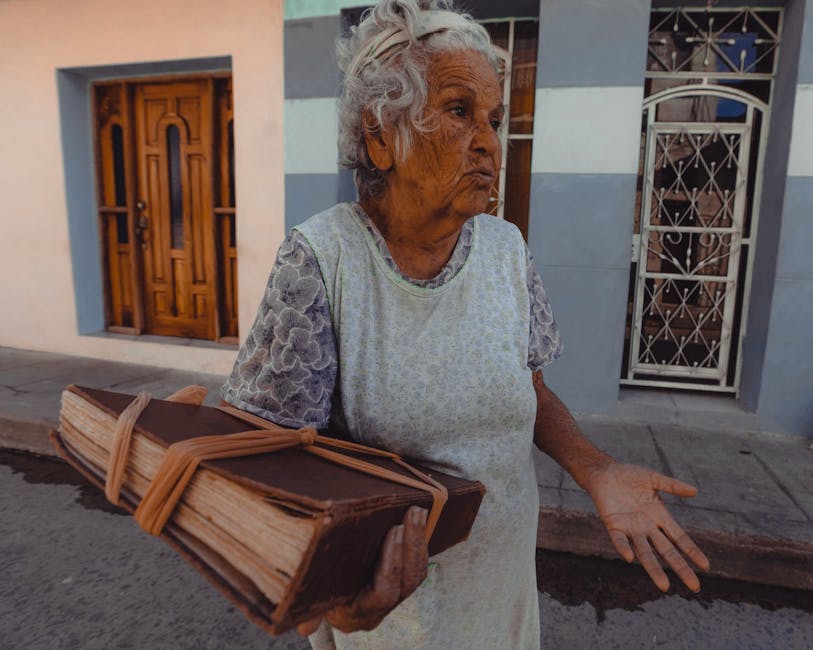Why Classic Films Still Matter
Some stories don’t fade. Classic films tap into themes that hit something universal—love under pressure, the cost of ambition, personal justice in a flawed system. These ideas don’t age out. They resurface in every generation because they speak to things that are always true, no matter the decade.
But these movies don’t just hold up—they explain the times they came from. Watch films like The Grapes of Wrath or Guess Who’s Coming to Dinner, and you’re watching history breathe. They reflect the worries, hopes, and blind spots of their era. And funny enough, that mirror still works. The cultural DNA that shaped those stories? It’s still in us. We’re still arguing over class, race, freedom, fairness. The sets and wardrobes may change. The stakes don’t.
Modern filmmaking owes plenty to these roots. You see it in everything from nonlinear storytelling to minimalistic dialogue. Today’s directors borrow from the old structures all the time—learning rhythm, restraint, and what happens when you trust an audience to pay attention. That’s why revisiting the classics isn’t nostalgia. It’s homework. It’s craft. It’s proof that a good story, well told, doesn’t have an expiration date.
Signature Elements That Define a Classic
What makes a classic film stick? It’s not just nostalgia. These are movies built with intention—where every shot, line, and silence counts. Iconic direction isn’t about flashy moves. It’s about knowing when to hold the frame, when to cut, and letting the story breathe. Hitchcock, Welles, Kubrick—they weren’t trying to go viral. They were trying to get it right.
Cinematography in classics gave us strong composition over chaos. Shadows meant something. Lighting defined character. You remember the angles from Citizen Kane or the grit of The Bicycle Thief because they were designed to be remembered.
Then there’s the script—tight, layered, economical. Classic screenwriting respected the audience’s patience. Dialogue did more than push the plot. It revealed who these people were, slowly.
Acting, too, had a different rhythm. It wasn’t about volume. It was about control. Think Brando’s vulnerability in “On the Waterfront,” Hepburn’s precision in “The Philadelphia Story,” or Fonda channeling pressure with just a look in “12 Angry Men.” These performances redefined what acting could look like on screen—less stage, more soul.
And perhaps most telling: pacing. It’s a lost art. Before there were jump cuts and algorithm-optimized intros, pacing was mood. Filmmakers let moments linger. Tension grew because it had space to. That patience, that confidence—it’s what gives classics their weight, even now.
Case Studies: Breaking Down Notable Classics
Casablanca: Wartime Emotion and Moral Ambiguity
At face value, Casablanca is a love story set against World War II. But beneath the romance is a slow-burning moral drama. Rick Blaine isn’t your clean-cut hero—he’s a man carrying emotional baggage and apathy, only pushed to act when the stakes go beyond personal pain. It’s not flashy, but it’s raw. Everything—dialogue, lighting, even silence—works to explore how people change when duty, love, and war pull in different directions. The film doesn’t push answers. It leaves space for contradiction, which still feels honest today.
Citizen Kane: Revolutionary Structure and Camera Work
Citizen Kane broke stuff. Not just fourth walls, but assumptions. Jumping timelines, deep-focus shots, low angles—Orson Welles turned the playbook upside down. The story? An ambitious man’s rise and emotional collapse, told in fragments. The way it’s told? Game-changing. It forced viewers to zoom out and question what’s real, what’s remembered, and what gets left unsaid. Structure became theme. And theme became legacy. It’s not just a film—it’s how modern film was born.
12 Angry Men: Tension Through Dialogue, Not Spectacle
One room. Twelve men. No explosions. Still intense. 12 Angry Men leans hard into patience and pressure. What starts as a simple jury vote over a murder charge slowly unravels through voice, breath, and bias. You feel walls closing in without a single special effect. The drama is human friction—and it never gets dated. In a world now cluttered with visual overload, it’s a perfect reminder that great storytelling can be as simple as ideas clashing in real time.
Lessons for Today’s Creators and Viewers
Story First, Spectacle Second
One of the clearest takeaways from classic cinema is its unwavering focus on storytelling. Films like Casablanca and 12 Angry Men didn’t rely on computer-generated effects or flashy visuals. Instead, they captivated audiences with well-drawn characters, moral dilemmas, and tightly woven plots.
- Dialogue-driven scenes create genuine dramatic tension
- Narrative arcs develop through emotional stakes, not visual gimmicks
- Strong scripts remain the backbone of lasting cinematic impact
Rewatch and Discover More
Classic films are rarely one-and-done experiences. Their enduring power often lies in how much they reveal upon repeated viewings. Layers of meaning, subtle symbolism, and tightly crafted dialogue become more apparent over time.
- Subtext and symbolism deepen with context and age
- Hidden character motivations emerge on repeat watches
- Timeless themes gain new relevance in modern settings
Echoes in Prestige TV
Today’s prestige television often borrows the structural DNA of classic cinema. Long-form, character-driven arcs and complex moral questions reflect the same techniques used by legendary directors.
- Anthology series and serialized dramas mirror classic pacing
- Emphasis on dialogue, minimalism, and inner conflict recalls early screenwriting models
- Prestige TV engages audiences through character growth and thematic resonance, rather than spectacle alone
Classic storytelling isn’t just a blueprint for film—it’s a toolkit that modern creators continue to draw from in today’s high-quality TV landscape.
The Endurance of Documentary-Style Realism
Neorealism wasn’t just a film movement—it was a quiet rebellion. Born in postwar Italy, neorealist directors took to the streets with non-actors, natural light, and real locations. They told simple stories because life was anything but simple. The result? Films that felt honest because they weren’t polished. That DNA carries through directly into today’s best documentary storytelling.
Modern documentarians borrow heavily from that ethos. Raw visuals, everyday voices, loose structure—all rooted in a neorealist playbook that said truth doesn’t need make-up. The pacing feels patient. The camera lingers. There’s room for real life to unfold, sometimes without commentary.
But the lines have blurred. Not all documentaries stick to facts like glue. Filmmakers now experiment with fictional framing—reconstructed scenes, narrative arcs, stylized edits. It doesn’t cheapen the story; it reframes what “truth” means. It’s not deception—it’s curation. A crafted delivery can create emotional truth even more than pure documentation.
Whether raw or stylized, the seismic shift in non-fiction film draws a clear line back to neorealism’s unvarnished beginnings. For more on this evolution, see Documentary Spotlight – Stories That Resonate.
Final Take
Classic films aren’t museum pieces. They’re alive—still whispering, still pushing buttons. For every crisp black-and-white frame or measured monologue, there’s a timeless thread that modern creators and thoughtful viewers can trace straight to today’s storytelling. Themes like power, sacrifice, corruption, and love don’t get outdated. They just find new clothes.
What makes the legends—the Casablancas, the Citizen Kanes, the Rear Windows—so durable isn’t just the innovation in how they were made. It’s how they reward rewatching. You pick up something different every time: a character twitch, a camera move, a line that hits harder now than it did at twenty-two.
If you’re creating, study what works without smoke and mirrors. If you’re just watching, let these films slow you down. They don’t rush. They trust the audience to pay attention. The good ones always give more, if you let them.




